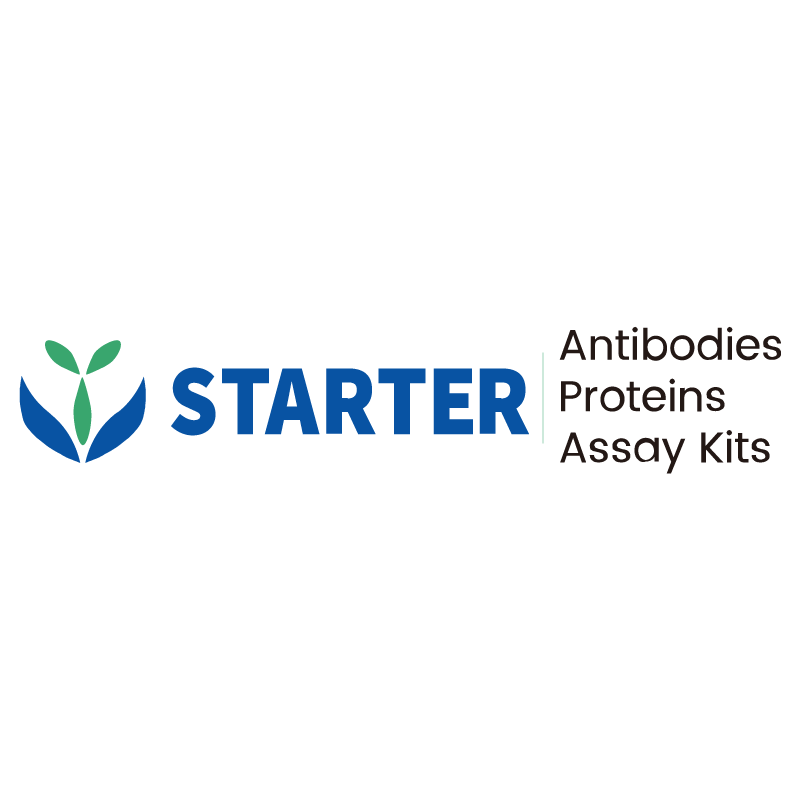Flow cytometric analysis of human peripheral blood Leukocyte labelling Human CD109 antibody at 1/200 (1 μg) dilution. Goat Anti-Mouse IgG Alexa Fluor® 488 was used as the secondary antibody.
Product Details
Product Details
Product Specification
| Host | Mouse |
| Antigen | CD109 |
| Synonyms | CD109 antigen; 150 kDa TGF-beta-1-binding protein; C3 and PZP-like alpha-2-macroglobulin domain-containing protein 7; Platelet-specific Gov antigen; p180; r150; CPAMD7 |
| Location | Cell membrane |
| Accession | Q6YHK3 |
| Clone Number | S-3080 |
| Antibody Type | Mouse mAb |
| Isotype | IgG1,k |
| Application | FCM |
| Reactivity | Hu |
| Positive Sample | human peripheral blood Leukocyte |
| Purification | Protein G |
| Concentration | 2 mg/ml |
| Conjugation | Unconjugated |
| Physical Appearance | Liquid |
| Storage Buffer | PBS pH7.4 |
| Stability & Storage | 12 months from date of receipt / reconstitution, 2 to 8 °C as supplied |
Dilution
| application | dilution | species |
| FCM | 1:200 | Hu |
Background
CD109 is a glycosylphosphatidylinositol-anchored glycoprotein of ~162 kDa that belongs to the α2-macroglobulin/complement thioester-containing protein superfamily and functions as a multifunctional co-receptor and negative regulator of transforming growth factor-β (TGF-β) signaling by physically interacting with TGF-β receptors, promoting their internalization and degradation via SMAD7/Smurf2-dependent pathways, as well as by releasing a soluble fragment that sequesters TGF-β ligand; it is expressed on activated T cells, platelets, basal epithelial, myoepithelial and hematopoietic progenitor cells, and is dysregulated in numerous squamous cell carcinomas and adenocarcinomas, where it modulates inflammation, epithelial-to-mesenchymal transition, cancer stemness, metastasis and immune responses by crosstalking with the TGF-β, NF-κB, JAK/STAT3 and YAP pathways, thereby serving as both a prognostic biomarker and a potential therapeutic target in malignancies and inflammatory diseases .
Picture
Picture
FC


